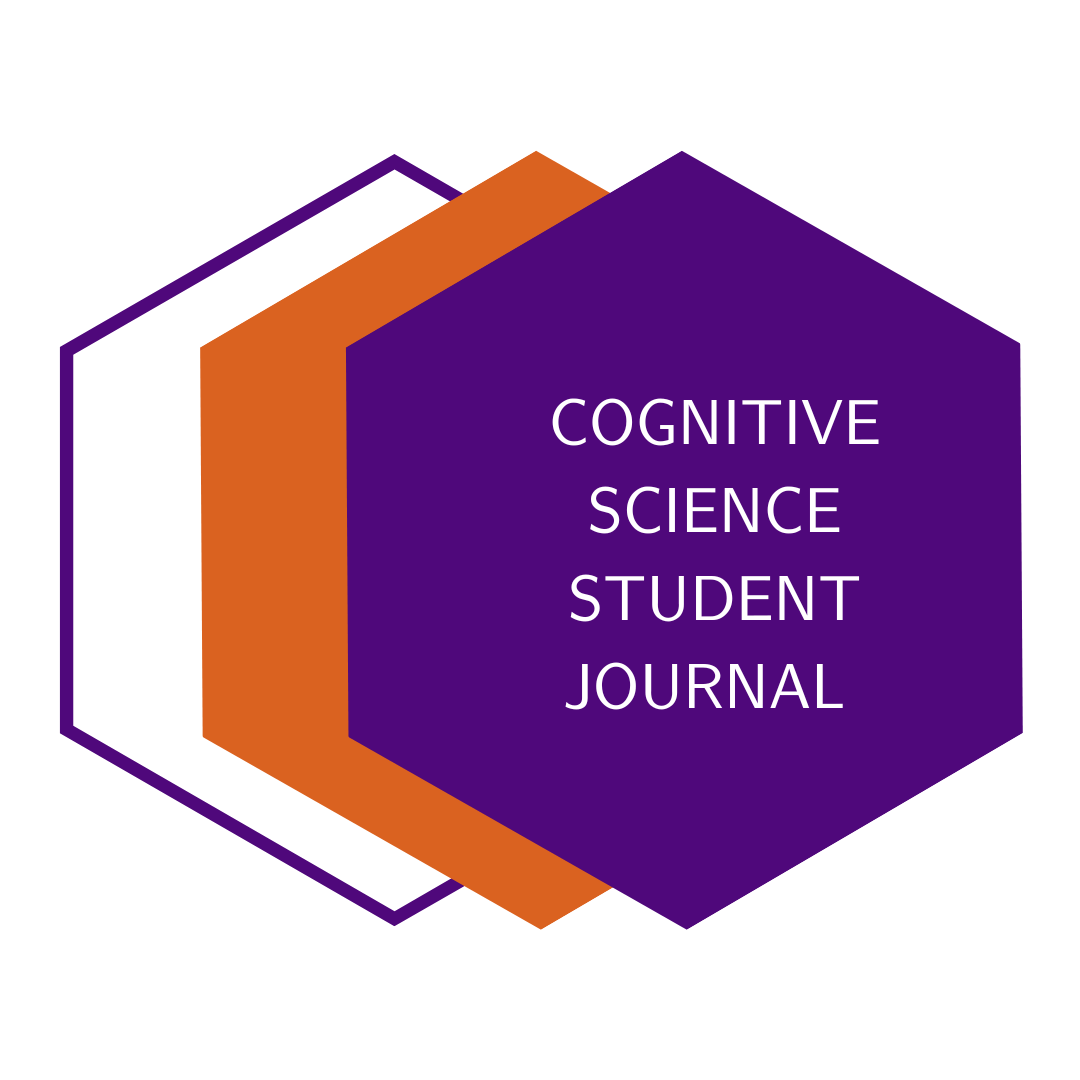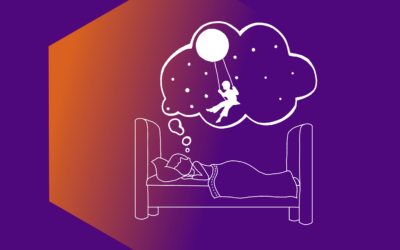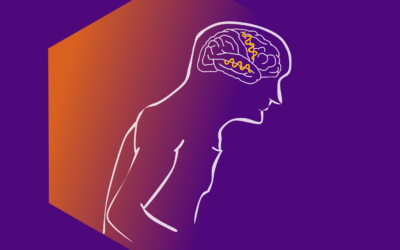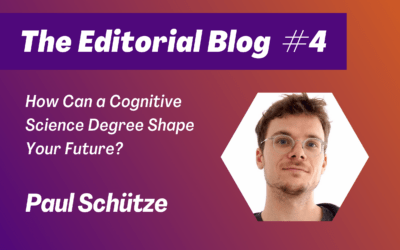Cognitive Science Student Journal
This student-led journal showcases the work of Cognitive Science students of Osnabrück University – readers can find seminar papers, project reports, interviews, educational videos and more! Cognitive Science is an interdisciplinary research field investigating cognition and the mind, conclusively the journal content comes from diverse backgrounds and covers a wide range of topics. The authors of the Cognitive Science Student Journal provide an insight into current topics and recent advancements at our institute.
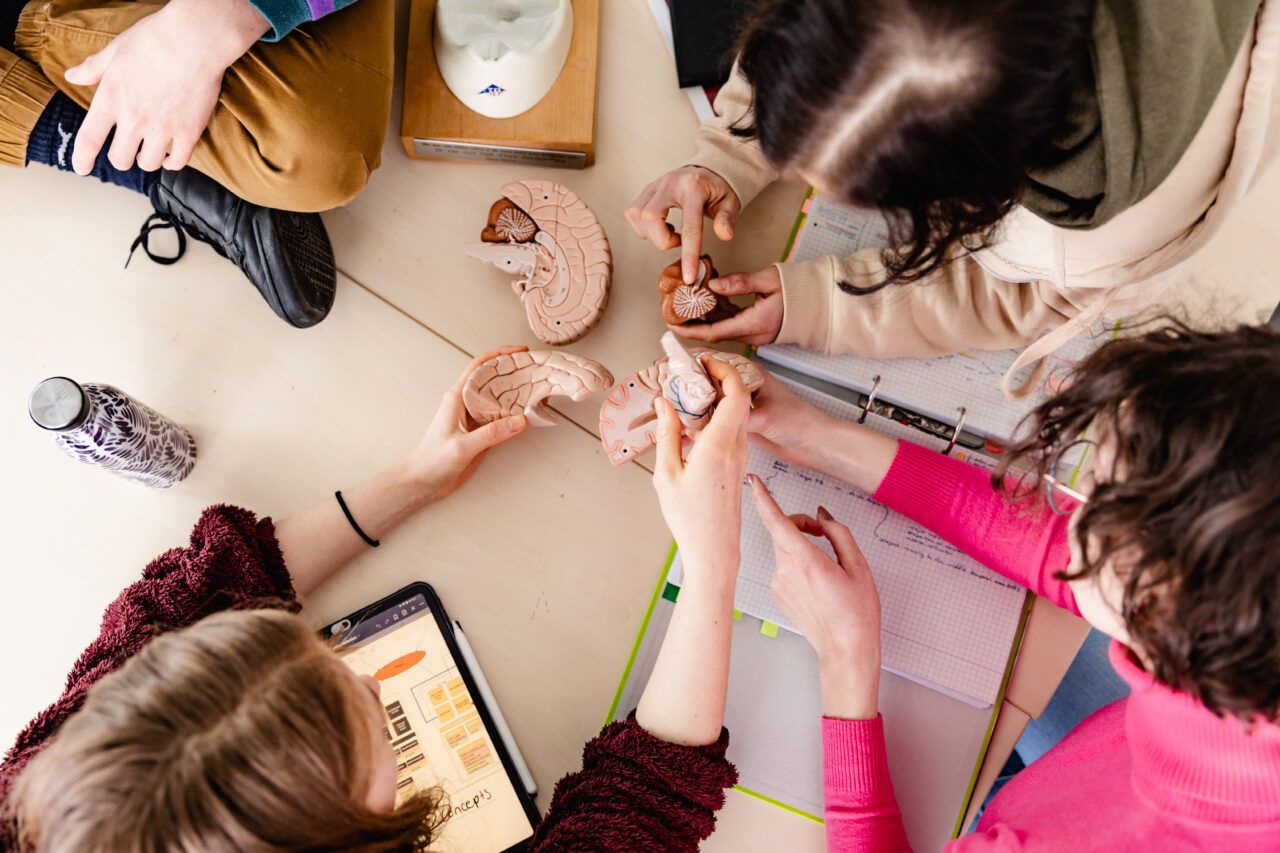 © Simone Reukauf Fotografie
© Simone Reukauf Fotografie
The Latest 3 Articles
Imagine Hacking Your Own Dreams
Phase-Amplitude Coupling in Parkinson’s Disease
Deep brain stimulation is a neurosurgical treatment for Parkinson's disease to alleviate motor symptoms such as...
Power Structures, AI and Society: Discussing AI and Big Data under an Ethical Perspective with Paul Schütze
How can a Cognitive Science Degree shape your Future? Stories about career prospects from successful alumni of the...
Our Mission
What is the Cognitive Science Student Journal?
A platform for students to publish their work and achievements in various formats related to their studies, such as essays, posters, and videos.
What is the Mission of Our Student Journal?
We’re on a mission to create a low-stakes environment where students can dive into the exciting world of publishing and share their incredible work. We’re here to make sure that their creations don’t go to waste.
In that context, we also seek to promote freedom of science by fostering independence in research, promoting the principles of open science for greater accessibility and transparency, and facilitating effective science communication to bridge the gap between academia and the wider community.
Why Should You Send in Submissions?
Gain recognition and spotlight for your achievements, receive valuable experience in the publishing process, inspire others with your unique perspective and accomplishments and contribute to a student-driven platform that promotes student work.
What are the Values of Our Student Journal?
We’re a platform that shares research and fosters exchange. Our mission is to be a discrimination-free environment, to create room and a positive experience for everybody. “Our Commitment Against Discrimination” clearly states the values the Journal promotes and incorporates. We want to learn and improve, so if you notice an issue, please notify us.
What’s New at the Cognitive Science Student Journal?
Have you ever noticed that your best ideas come to you when you’re trying to fall asleep?
Explore the potential of those late-night inspirations with our newest publication: "Imagine Hacking Your Own Dreams”: Unleash the Power of Dreamscapes! (by Anna Mikheeva, Maureen Minnema, Mitra Gholami).
Discover the secrets of “Hypnagogia” and how creative giants like Edison and Dalí used it to harness their dreams’ creative potential. Plus, see how the Dormio app can enhance your journey of self-exploration while you sleep.
Don`t miss the unveiling of this captivating poster.
Stay tuned and stay curious!
#dreamhacking #dreamexploration #cognitivescience #hypnagogia #studentjournal #poster #students #staytuned #staycurious
We are thrilled to announce a new publication in the journal. Stay tuned to explore the uncharted territory of dreams!
Learn more about «hypnagogia» and how great thinkers like Thomas Edison and Salvador Dalì drew creativity from their dreams. 😴🧠
Don’t sleep on this upcoming poster!
#staytuned #staycurious
#dreamexploration #cognitivescience #hypnagogia #studentjournal #poster #students #osnabrück
Students and alumni from Osnabrück University’s Cognitive Science study program, including all semesters and degrees are encouraged to submit.
We are looking forward to publishing your content.
More info:
https://cogsci-journal.uni-osnabrueck.de/how-to-submit/
#staytuned #staycurious #studentjournal #cognitivescience #publishing #uniosnabrück #osnabrück
Join us for the Cognitive Science Student Journal Release Party to celebrate this semester’s achievements and publications! 📚✨
Get an exclusive behind-the-scenes look at our journal, meet our authors, and enjoy snacks and drinks! 🥤🍿
🗓️ Date: Fri, 28 June
⏰ Time: 6-9 p.m.
📍 Place: 93/E33 Westerberg Campus
Can’t wait to see you there! 🌟
Did you ever hear about the high-tech ways we deal with Parkinson’s disease?
Besides using Levodopa (a drug that is used in the clinical treatment of Parkinsons`s disease), a common neurosurgical procedure is the Deep Brain Stimulation Therapy (DBS)?
In DBS, an implanted electrode zaps specific parts of the brain with high-frequency electrical impulses. These impulses can help mellow out some of that brain activity associated with Parkinson’s disease, easing the symptoms of it and making patients’ lives easier.
One thing to keep in mind is that these treatments only target the symptoms of Parkinson`s disease and not the disease itself.
#parkinsonsdisease #parkinsonsawareness #deepbrainstimulation #studentjournal #staytuned #staycurious
Parkinson’s disease is one of the most prevalent neurodegenerative disorders. It is characterized by the degeneration of neurons in the dopaminergic system, leading to a wide range of physical, cognitive, and psychological symptoms.
Our latest publication explores the underlying mechanisms of Parkinson`s disease and what phase-amplitude coupling has to do with its underlying symptoms. Phase-amplitude coupling refers to a kind of synchronization between oscillations in certain brain areas. Parkinson’s patients show exceptionally high phase-amplitude coupling in the primary motor cortex, which is associated with the debilitating symptoms of the disease.
As described in the article, new research in humans and monkeys has shed more light on phase-amplitude coupling and its relationship to Parkinson`s disease. This research could be crucial in developing new treatment options.
Author: Sarah Christin Schelper
#parkinsonsdisease #parkinsonsawareness #parkinsonsresearch #neuroscience #neuroscienceresearch #neuropsychology #psychology #studentjournal #cognitivescience #staytuned #staycurious
Discover the mysteries of Parkinson’s disease, from dopamine loss to brain oscillations. Find out how recent research is reshaping treatment approaches in our next publication. 🧠💡
#parkinsonsawareness #parkinsonsdisease #neuroscience #researchupdate #studentjournal #staytuned #staycurious #cognitivescience
Exciting News! 👇🏼
Read the new editorial blog post where we shared an interview with Paul Schütze, a PhD candidate and research assistant at the University of Osnabrück. There we explore the ethical dimensions of AI and Big Data in society.
Discover Paul’s insights and advice for future researchers in this dynamic field.
Read the full interview now via the link in our account bio! 🔗
ph: Simone Reukauf
Stay tuned and stay curious 👀
#AI #BigData #ethics #cognitivescience #interview #osnabrückuniversity #studentjournal
Did you know that distributed learning is like a turbo boost for neural networks? 🤔
By distributing computation across multiple nodes, it speeds up training and makes better use of resources!
And guess what? There’s SyncSGD (Stochastic Gradient Descent) and AsyncSGD, the dynamic duo of distributed learning! SyncSGD guarantees convergence, and AsyncSGD adds some randomness to avoid getting stuck!
So, whether you’re on the Sync or Async team, one thing is for sure: distributed learning can shape the future of AI! ☄️
Learn more about it in the new article: Stochastic Gradient Descent - But Make it Parallel!
Stay tuned and stay curious 👀
Author: Julia Hattendorf
ph: Simone Reukauf
#funfact #distributedlearning #syncSGD #asyncSGD #AIrevolution #studentjournal
